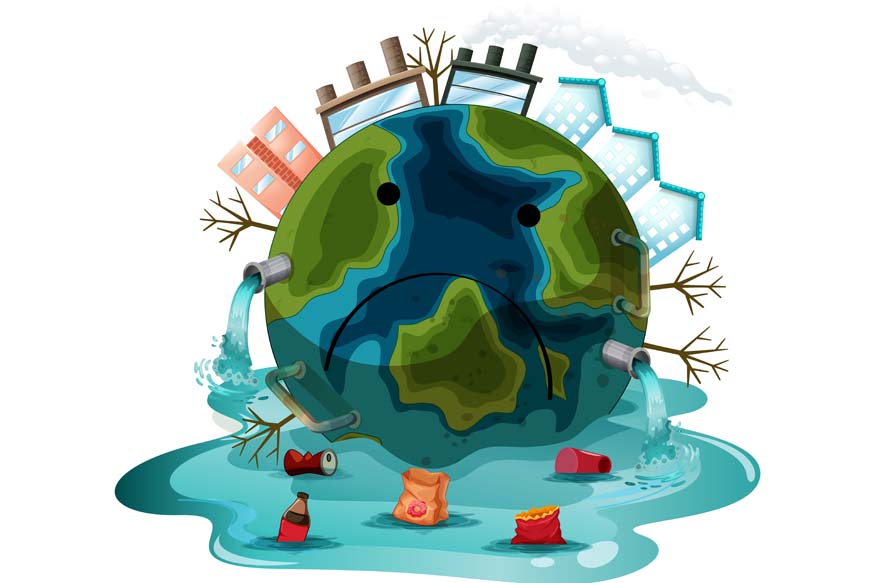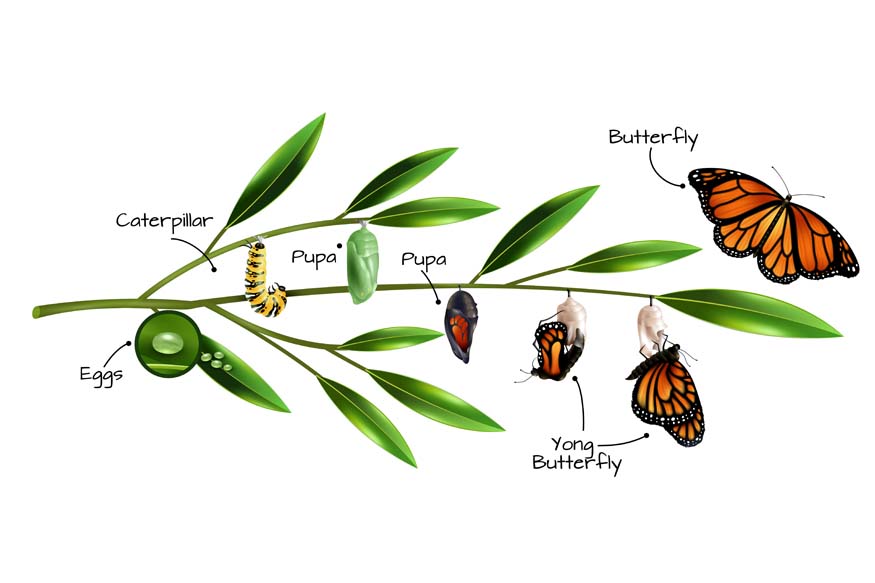Water pollution is an environmental issue that affects ecosystems, human health, and the planet’s natural resources. Students must understand the causes, effects, and potential solutions to this problem.
Water bodies such as lakes, streams, rivers, estuaries, oceans, and groundwater can all become polluted. Pollution can come from many sources, like trash left by humans and harmful substances. These harmful substances include toxic chemicals, microorganisms, organic waste, plant nutrients, sediments, heat, oil, and radioactive materials. Water pollution is a global issue.
Toxic chemicals are one of the primary sources of water pollution. These chemicals are either directly dumped into water or carried into it through runoff. Examples of these chemicals include wastewater from factories and pesticides used in farming and lawn care.
Causes of Water Pollution
Water pollution arises from various sources, both natural and anthropogenic.
Industrial Discharges: Factories and industrial plants often release pollutants directly into water bodies. These contaminants include heavy metals, chemicals, and untreated wastewater.
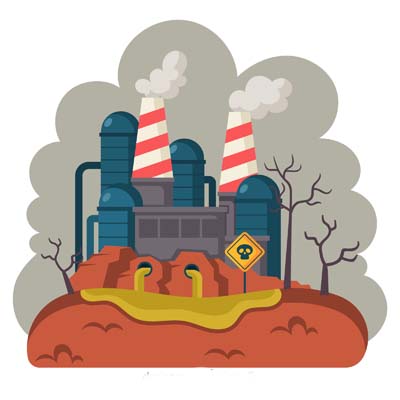
Agricultural Runoff: The use of pesticides, fertilizers, and herbicides in agriculture results in runoff that carries these chemicals into nearby rivers, lakes, and oceans.
Domestic Sewage: Improperly treated sewage and wastewater from households contain harmful pathogens, nutrients, and chemicals that contribute to water pollution.
Oil Spills: Accidental oil spills from ships, pipelines, and offshore drilling operations release vast amounts of oil into the ocean, causing long-term environmental damage.
Plastic Waste: Plastic pollution is a growing concern, with millions of tons of plastic debris entering water bodies each year. This non-biodegradable waste poses a significant threat to marine life.

Mining Activities: Mining operations generate large amounts of waste materials and chemicals that can leach into groundwater and surface water sources.
Air Pollution: Pollutants released into the atmosphere can settle into water bodies through precipitation, leading to contamination.
Effects of Water Pollution
Water pollution has far-reaching consequences on both the environment and human health. The following are the effects of water pollution:
Ecosystem Damage: Polluted water harms aquatic ecosystems, leading to the death of fish, plants, and other organisms. This disruption affects the entire food chain.
Health Hazards: Contaminated water can cause a range of health issues, including gastrointestinal diseases, skin infections, and even cancer.
Economic Impact: Water pollution affects industries that rely on clean water, such as fishing, tourism, and agriculture, leading to economic losses.
Biodiversity Loss: Pollutants can cause the extinction of sensitive species, reducing biodiversity and weakening the resilience of ecosystems.
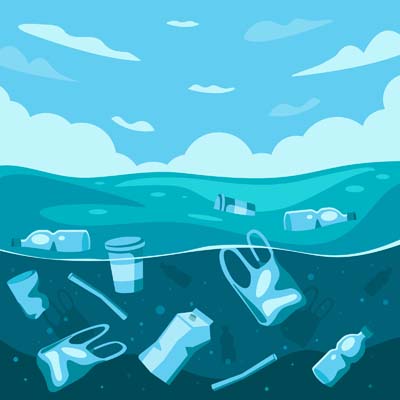
Eutrophication: Excessive nutrients from agricultural runoff lead to the overgrowth of algae, depleting oxygen levels in water and causing dead zones where aquatic life cannot survive.
Disruption of Water Supply: Polluted water sources can become unusable for drinking, irrigation, and industrial purposes, leading to water scarcity.
Marine Pollution: Ocean pollution, including plastic waste, poses a threat to marine life, causing entanglement, ingestion, and death of marine animals.
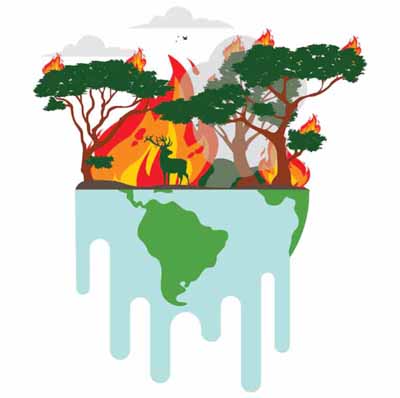
Climate Change: Water pollution contributes to climate change by releasing greenhouse gases such as methane and carbon dioxide from decomposing organic matter.
Solutions to Water Pollution
Addressing water pollution requires a multi-faceted approach involving individuals, communities, governments, and industries. Here are some effective strategies on how to prevent water pollution:
Wastewater Treatment: Investing in advanced wastewater treatment facilities ensures that sewage and industrial effluents are properly treated before being released into water bodies.
Sustainable Agriculture: Implementing sustainable farming practices, such as using organic fertilisers and reducing pesticide usage, minimises agricultural runoff.
Public Awareness: Educating the public about the importance of water conservation and pollution prevention fosters responsible behaviour and community involvement.
Plastic Reduction: Reducing the use of single-use plastics and promoting recycling can significantly decrease plastic pollution in water bodies.
Pollution Control Policies: Governments should enforce strict regulations on industrial discharges, agricultural practices, and urban runoff to limit the release of pollutants.
Restoration Projects: Initiating restoration projects to clean and rehabilitate polluted water bodies helps restore ecosystems and improve water quality.
Monitoring and Research: Continuous monitoring of water quality and researching pollution sources and impacts enable the development of effective solutions.
International Cooperation: Collaboration between countries to tackle transboundary water pollution issues ensures a coordinated and comprehensive approach.
Water pollution is a critical environmental challenge that demands immediate attention and action. By understanding the causes, effects, and solutions, students can play an active role in advocating for cleaner water and a healthier planet. Each one of us needs to recognise our responsibility to prevent water pollution and protect our precious water resources.
At Center Point School, we emphasise the importance of environmental education and encourage students to address the water pollution problem. By fostering a sense of responsibility and providing the necessary knowledge and tools, we can empower the next generation to make a positive impact on our environment. Together, we can create a cleaner, healthier, and more sustainable future for all.

